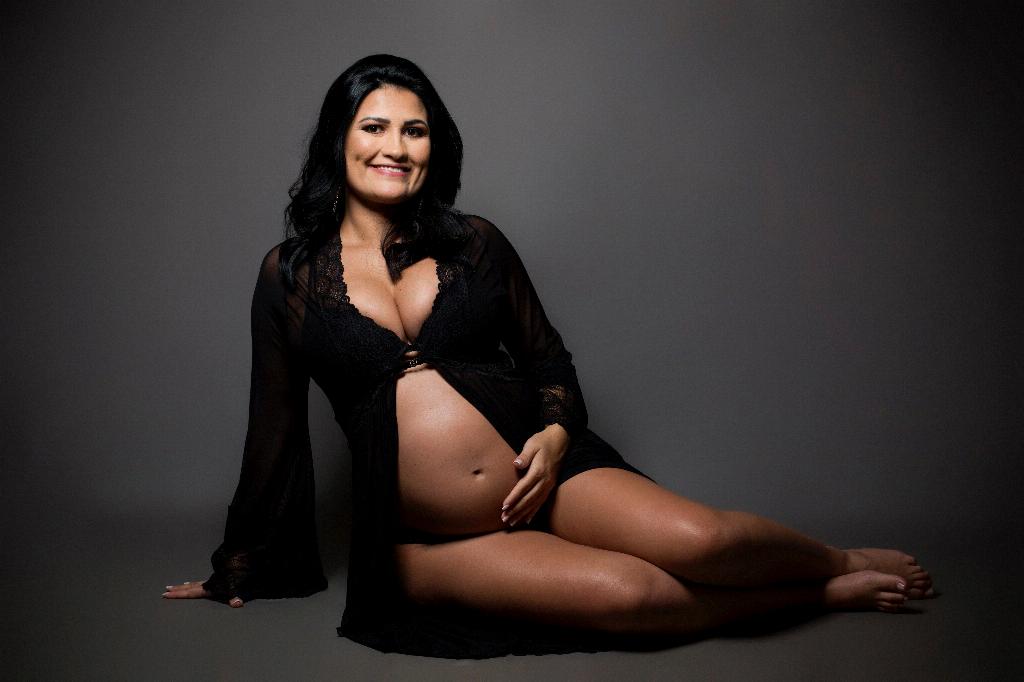As an expectant parent, one of the most exciting and intriguing aspects of pregnancy is visualizing what your growing baby looks like at different stages of development. At 20 weeks, your baby is approximately 25.6cm long, which is likened to the size of a banana. This comparison helps put into perspective the remarkable growth and development that is occurring within the womb.
Changes in Measurement Techniques
It is worth noting that as your pregnancy progresses, the way in which the length of your baby is measured changes. In earlier weeks, typically up to 20 weeks, the measurement is taken from the head to the bottom because the legs are typically curled up and difficult to visualize. However, at the 20-week mark and beyond, measurements are taken from head to heel, providing a more accurate representation of your baby’s length.
Visible Features
By the time you reach the halfway point of your pregnancy, your baby has undergone significant growth and development. At 20 weeks, your baby’s facial features are becoming more defined. The eyes, ears, and nose are more prominent, and the baby’s face is taking on a more human-like appearance. Tiny fingernails and toenails are also starting to form, adding to the intricate details of your baby’s developing body.
Skeletal Structure
One of the most fascinating aspects of fetal development at 20 weeks is the formation of the skeletal structure. Your baby’s bones are hardening, transitioning from cartilage to bone. This process is crucial for providing support and protection to your baby’s growing body, and it marks a significant milestone in the development of your little one.
Movement and Activity
At 20 weeks, many expectant parents may start to feel their baby’s movements for the first time. These fluttering sensations, known as quickening, are a special moment for parents as they feel a tangible connection to their growing baby. Your baby is also becoming more active, moving around in the amniotic fluid and practicing essential reflexes such as sucking and swallowing.
Gender Differentiation
By the 20-week mark, your baby’s gender may be visible during an ultrasound examination. While the external genitalia may not always be definitive due to the position of the baby, in many cases, it is possible to determine whether you are expecting a boy or a girl. This exciting reveal adds another layer of anticipation and excitement to your pregnancy journey.
Reproductive Development
Along with gender differentiation, at 20 weeks, your baby’s reproductive organs are continuing to develop. In male fetuses, the testes are descending, while in female fetuses, the ovaries are forming. These intricate processes are essential for the future reproductive health of your baby and represent the remarkable complexity of human development.
Weight Gain and Growth
By the halfway point of your pregnancy, your baby is gaining weight rapidly. At 20 weeks, your baby may weigh around 300 grams or more, and this weight gain plays a crucial role in the overall growth and development of your baby. Adequate nutrition and prenatal care are essential to support healthy growth and ensure the well-being of both you and your baby.
Amniotic Fluid and Protection
Throughout your pregnancy, your baby is surrounded by amniotic fluid, a clear and protective liquid that serves as a cushion and barrier. At 20 weeks, the volume of amniotic fluid is increasing to accommodate your growing baby, providing vital protection and support. This fluid also allows your baby to move freely and practice essential motor skills in preparation for life outside the womb.
Development of Sensory Organs
At 20 weeks, your baby’s sensory organs are rapidly developing. The eyes are now well-formed, though the irises still lack pigmentation. Your baby is beginning to detect light and may even respond to external sounds, such as your voice or music. These early sensory experiences play a crucial role in your baby’s cognitive and emotional development, laying the foundation for future interactions with the world.
Brain Development and Connectivity
The brain is one of the most complex and vital organs undergoing development at 20 weeks. Your baby’s brain is forming billions of neurons and intricate neural connections that will continue to develop and refine throughout pregnancy and beyond. This rapid brain development sets the stage for your baby’s cognitive abilities, emotional regulation, and overall growth and learning throughout life.
Embracing the Journey
As you reflect on the remarkable changes taking place within your body and the growth of your baby at 20 weeks, it is a time to embrace the journey of pregnancy with awe and wonder. Each milestone, each flutter of movement, and each detail of your baby’s development is a testament to the miracle of life unfolding within you. Take the time to cherish these moments, connect with your growing baby, and marvel at the beauty of creation in the making.

